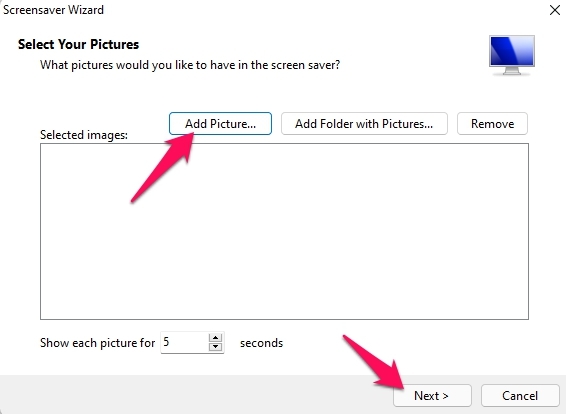

These include: BOARD Editor, SCHEMATIC Editor, LIBRARY Editor, DEVICE Editor, PACKAGE Editor and SYMBOL Editor. The configuration script contains a series of commands written in human readable text that change the settings for any instance of an Eagle editor workspace when opened. When an instance of an Eagle editor is opened, Eagle accesses a configuration script file ( eagle.scr). Put simply, it's a file used to configure an instance of Eagle with specific settings when opened. If you are new to Eagle or unfamiliar entirely, check out these tutorials to help you get started: That said, this is just a quick explainer, and there will be plenty left unsaid about using Eagle scripts. Let me preface this by saying that there is more I do not know about Autodesk's EAGLE PCB Design Software than there is that I do.

In the resulting Add Existing Project dialog box, browse to the location of the setup project and click Open.Let's talk about Eagle Configuration Scripts: how to use them, and why using your own can make your Eagle experience more enjoyable and efficient. On the File menu, point to Add, then click Existing Project.

To add an existing setup project to a solution

In the Templates pane, choose Setup Project for a standard setup, or Web Setup Project for a Web application. In the resulting Add New Project dialog box, in the Project Types pane, open the Other Project Types node, open Setup and Deployment Projects, and select Visual Studio Installer. On the File menu, point to Add, then click New Project. For more information, see Working with Settings. To change your settings, choose Import and Export Settings on the Tools menu. The dialog boxes and menu commands you see might differ from those described in Help depending on your active settings or edition.


 0 kommentar(er)
0 kommentar(er)
